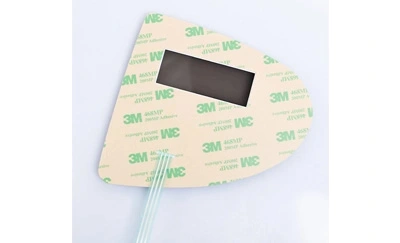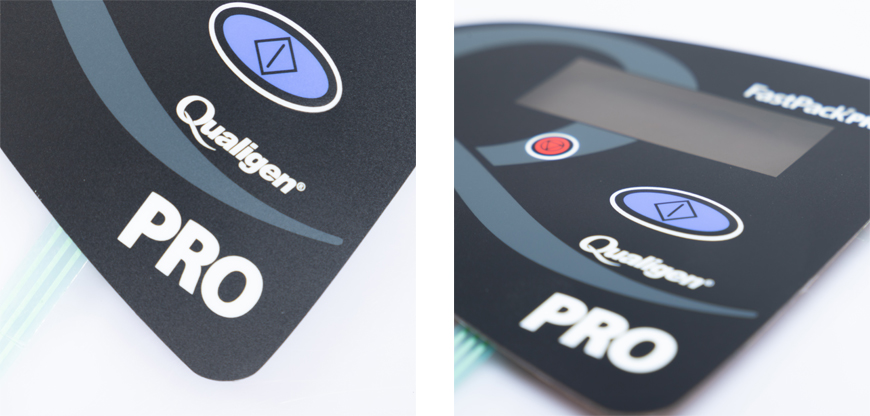
In the world of electronics and user interfaces, membrane switches play a vital role. These thin, flexible components are found in a wide range of devices, from microwave ovens to medical equipment and industrial machinery. But have you ever wondered how much force is needed to activate a membrane switch? In this article, we will delve into the fascinating world of membrane switches and explore the factors that determine the force required to make them work.

Before we get into the force requirements, let's first understand what membrane switches are. A membrane switch is a low-profile, flexible switch made up of several layers, including a top graphic overlay, a spacer or dome layer, and a bottom circuit layer. When you press on the top layer, it flexes and makes contact with the bottom layer, completing an electrical circuit and triggering a specific action.
The Role of Actuation Force
Actuation force is a critical parameter when it comes to membrane switches. It refers to the amount of force a user needs to apply to the switch for it to register a keystroke or command. The actuation force can vary significantly from one membrane switch to another, and it depends on several factors.
To understand how much force membrane switches require, we need to consider the following factors:
1. Dome Type and Material
The type of dome used in a membrane switch greatly affects the actuation force. Membrane switches can have different dome types, such as metal dome or polymeric dome, each with its unique actuation characteristics.
2. Dome Size and Shape
The size and shape of the dome also play a role. Larger and flatter domes typically require less force to actuate, while smaller, more rounded domes may require more force.
3. Spacer Thickness
The thickness of the spacer layer between the top and bottom membrane layers can impact actuation force. Thicker spacers may require more force to compress.
4. Membrane Material
The material used for the membrane layers can influence actuation force. Some materials are more rigid, requiring more force, while others are more flexible and responsive.
5. Overtravel Distance
Overtravel distance refers to how far the membrane switch travels after actuation. A shorter overtravel distance usually means less force is required.
When designing a membrane switch for a specific application, manufacturers can customize the actuation force to meet the user's needs. For example, medical devices may require a gentle touch, while industrial equipment might need a more robust actuation force to prevent accidental activation.
In conclusion, the amount of force required to activate a membrane switch depends on various factors, including dome type, size, spacer thickness, membrane material, and overtravel distance. Understanding these factors is crucial for designing membrane switches that provide the best user experience in different applications.
1. Are membrane switches durable?
Yes, membrane switches are known for their durability and long lifespan, making them suitable for various applications.
2. Can the actuation force be adjusted after manufacturing?
No, the actuation force is typically set during the manufacturing process and cannot be easily adjusted afterward.
3. Are membrane switches waterproof?
Some membrane switches can be designed to be waterproof or resistant to moisture, depending on the application's requirements.
4. Do membrane switches have tactile feedback?
Yes, membrane switches can provide tactile feedback, depending on the design and type of dome used.
5. Are membrane switches easy to clean?
Yes, membrane switches are easy to clean and maintain, which is one of their advantages in applications where hygiene is essential.